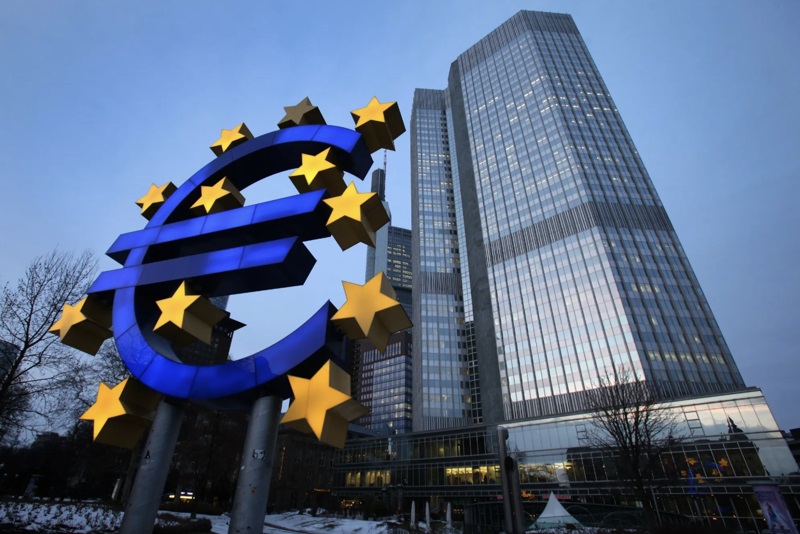G7 Unity Under Strain: Navigating Tariff Tensions and Investment Implications
The Group of Seven (G7) nations remain united in principle, but escalating tariff disputes between Canada and the U.S. have introduced significant fractures into this alliance. Canadian Finance Minister François-Philippe Champagne’s recent remarks highlight the delicate balance between maintaining global economic stability and addressing the inflationary pressures caused by U.S. tariffs. As cross-border trade tensions simmer, investors must navigate the geopolitical and market risks while identifying opportunities in affected sectors.

The U.S. Tariffs: A Catalyst for Instability
The U.S. has imposed a cascading series of tariffs on Canadian goods since March 2025, including 25% levies on steel, aluminum, and automobiles, and 10% tariffs on energy and potash exports. By April 2025, the automotive sector bore the brunt, with tariffs affecting over 500,000 Canadian workers. The
The ripple effects extend beyond North America. Global bond prices and equity markets have fluctuated sharply, with the underscoring heightened uncertainty.
Canada’s Countermeasures: Defensive and Offensive Strategies
In response, Canada has deployed a multi-pronged strategy:
1. Reciprocal Tariffs: Imposing 25% duties on $30 billion of U.S. goods, expanding to $29.8 billion in steel, aluminum, and auto components by mid-March.
2. Worker Support: Suspending the one-week EI waiting period and easing access to benefits, alongside $40 billion in corporate liquidity via deferred tax payments and new financing facilities.
3. Diversification Push: Incentivizing automotive production in Canada to reduce reliance on U.S. markets.
The may reflect these measures, as Canada’s fiscal response seeks to buffer its economy against U.S. trade aggression.
G7 and International Coordination: A Fragile Front
As G7 chair, Canada has galvanized support from Japan and the EU to counteract U.S. tariffs’ destabilizing effects. However, the Trump administration’s 90-day tariff pause—paired with hikes on Chinese imports—adds complexity. The G7’s unity hinges on whether member nations can collectively pressure the U.S. to backtrack without triggering a broader trade war.
Investment Implications: Sectors to Watch
- Automotive and Materials:
- Risk: U.S. auto tariffs could pressure companies like Ford (F) and General Motors (GM), while Canadian firms like Alcan (ACH) face headwinds in aluminum exports.
Opportunity: Short positions on U.S. auto stocks or long positions on Canadian firms receiving government support.
Currency Plays:
The CAD may weaken if the U.S. continues its protectionist stance, creating opportunities in currency pairs like USD/CAD or hedging strategies.
Geopolitical Plays:
- Divesting from U.S. equities exposed to Canadian retaliation (e.g., auto parts manufacturers) while increasing exposure to G7-aligned sectors like renewable energy, where collaboration remains intact.
Conclusion: A Delicate Balance
The current tariff standoff underscores a pivotal juncture for global trade. With Canada’s countermeasures safeguarding over 500,000 jobs and $40 billion in liquidity support, the domestic economy shows resilience. However, the G7’s unity faces its sternest test since 2018, when U.S. tariffs similarly fractured alliances.
Investors should monitor two critical metrics:
1. Geopolitical Risk: The will signal whether markets price in a resolution or escalation.
2. Sector Exposure: Auto and materials sectors remain vulnerable, but defensive plays in tech or healthcare—less tariff-sensitive industries—could offer shelter.
In this volatile landscape, proactive portfolio adjustments—such as diversifying into G7-aligned sectors or hedging currency risks—are essential. The path forward depends on whether G7 nations can forge a unified front or succumb to the gravitational pull of protectionism. For now, the stakes are as high as the tariffs themselves.









